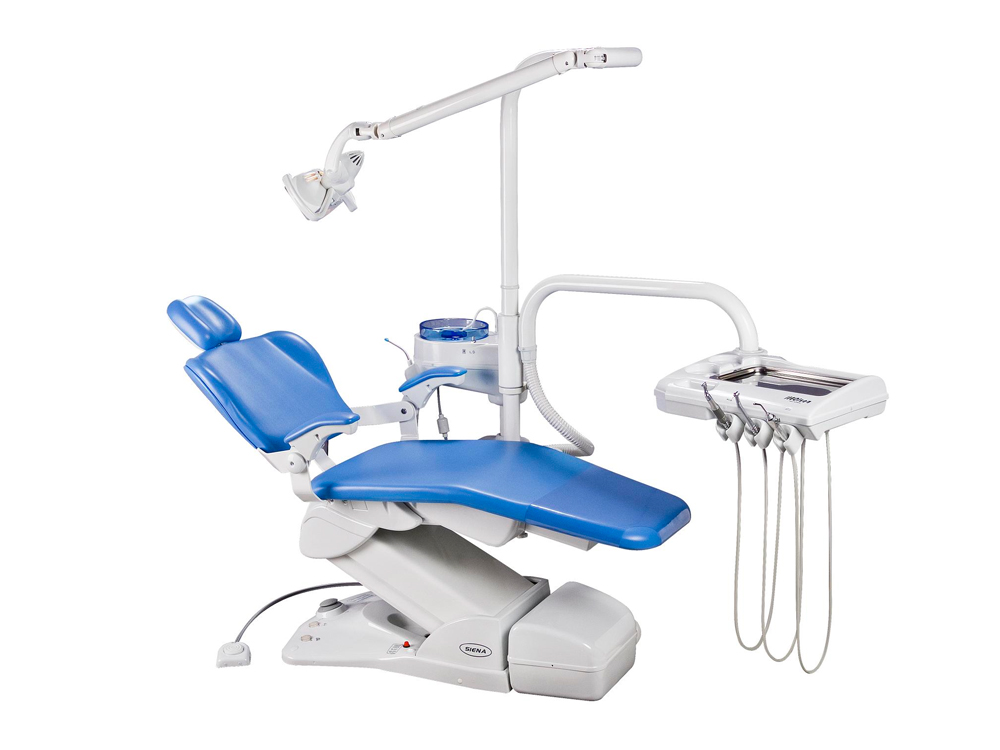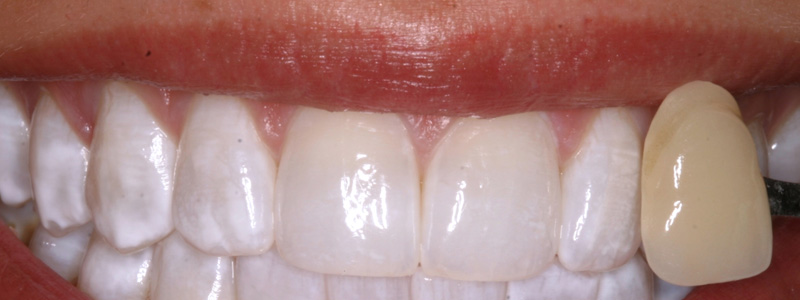In about 1 hour, your teeth can get up to 8 shades whiter! When you come into the office, the dentist places a barrier over your gums, protecting them from the harmful effects of the stronger whitening material as opposed to take-home gels. In 15 minute increments, the gel is placed directly on the front of your teeth, as the effects start to take place. We can do 3-5 15 minute sessions in one sitting, in order to get you the whitest smile possible! The in-office whitening technique is one of the safest teeth whitening procedures since many precautions are put in place.
Professional whitening offers a number of benefits compared to over-the-counter products and even home remedies.
- It can drastically reduce staining and improve the brightness of your teeth by several shades. Few over-the-counter products can offer such results.
- It’s generally much faster than the alternatives. In fact, in-office treatment usually takes less than an hour, and even at-home products can produce great results in as little as two weeks.
- Both in-office and at-home professional whitening are designed to protect your sensitive gum tissue, so you don’t experience the pesky side effect of sensitivity or discomfort that often comes along with over-the-counter and even all-natural home remedies.
- Your cosmetic dentist can give you helpful tips about how to maintain your whitened smile.
Contents
Summary
In-office whitening treatments are by far the most expensive, but also the most effective of all the whitening treatments available as they achieve great results in a matter of hours.
Description
Dentists and dental professionals use a much stronger peroxide-based whitening gel than what is available in over-the-counter products – often 38% hydrogen peroxide. Since those concentrations are very potent, the inside of the mouth (between the inside of the lip and gum) is lined with cotton, and a protective layer is applied to the gums so that the only thing exposed to the peroxide is the tooth enamel.

In most cases, the dentist will use a gel-activating light as it triggers the breakdown of the hydrogen peroxide into free radicals that actually do the active whitening work. Instead of waiting for the process to happen, the light can be used to speed up the rate at which this happens, thereby shortening the procedure and enhancing results.
Dental professionals may also be able to provide internal bleaching to treat intrinsic stains caused by medications and root canal infection/treatments. This kind of bleaching may be included in a complete root canal treatment plan.
Results
Most in-office whitening treatments provide results 6 to 8 shades brighter depending on the kind of stains being treated. Most of the time, only a one-hour visit is required, but some patients may have to return a few times to achieve full results. A comprehensive whitening treatment plan may also include the use of custom-made trays and gels to be used at home.
Pros and Cons
Clearly one of the advantages to in-office whitening is that dentists and dental specialists have access to stronger concentrations of peroxide-based products that simply aren’t safe for people to use on their own. Dentists also use a gel-activating light that speeds up the whitening process to produce results usually in about an hour. Plus, properly applied gels and protective coverings and coatings mean that burnt gums and soft tissues can be avoided.
Dentists can also help address some tooth sensitivity, but since the whitening process is made in a very short time and the whitening agent very strong, some patients still experience mild to moderate sensitivity after treatment. So brushing with a toothpaste made for sensitive teeth may be necessary to counter that.
Many dentists are also able to whiten teeth from the inside which is something many at-home products simply can’t do.
The real disadvantage of professional whitening treatment is really the price, which can range from between $300 and $1000. Not everybody has this amount of money to whiten their teeth considering it is usually not a procedure covered by insurance.
Tips and Guidelines for Use
- Choose a qualified professional. Since whitening treatments are not only offered in dentist offices but also in spas, beauty salons, and others, make sure the professional has the latest technologies and knows the latest teeth whitening methods. Make sure that the person has completed relevant courses or training on how to properly apply and use those methods.
- Activating lights’ effectiveness. There is debate over whether or not the activating light is actually necessary to get the gel to do its job and produce results. Some specialists claim it shortens greatly the whitening process, as others say it doesn’t have that much impact.
Remember, even safe whitening treatments should be followed according to the directions given, otherwise you greatly increase your chance of developing tooth or gum sensitivity or discomfort. Overuse of whitening treatments can even cause damage to the enamel of your teeth, which is why it’s important to follow the directions.
If you’ve been unhappy with the results of an over-the-counter whitening product, don’t rush back to the store to purchase another. Instead, call your cosmetic dentist and ask how professional whitening could improve your smile.

